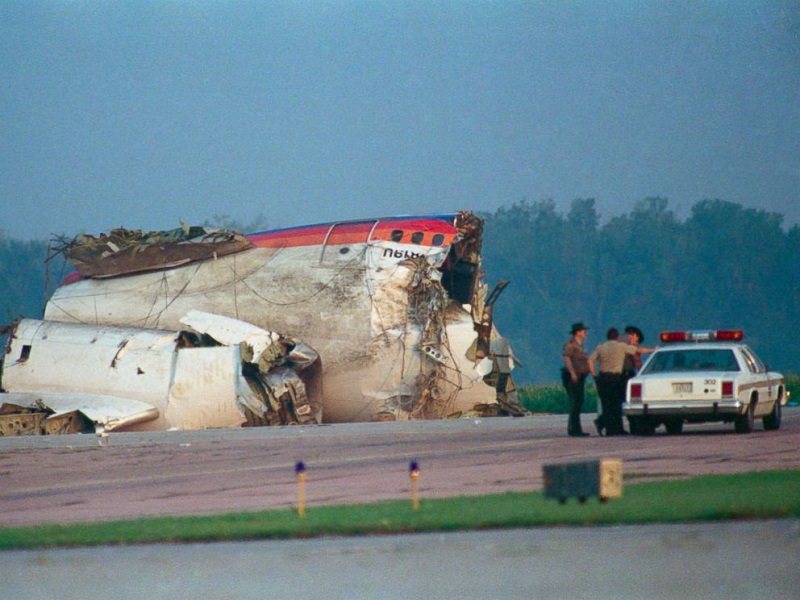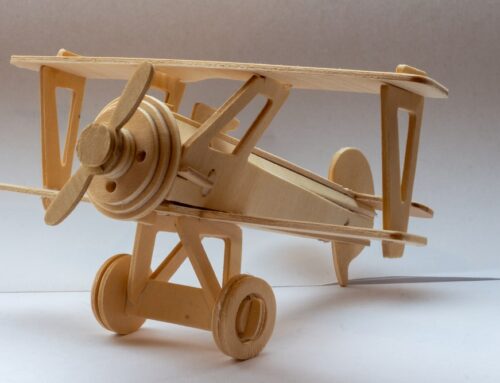The Sioux City air disaster, involving United Airlines Flight 232, remains etched in the annals of aviation history as a heart-wrenching testament to the catastrophic consequences of engine failure. On that fateful day, July 19, 1989, as the flight from Denver to Chicago progressed, a nightmare unfolded when the DC-10’s tail engine malfunctioned, severing the plane’s hydraulic lines and leaving it teetering on the precipice of disaster. With 296 lives hanging in the balance, Captain Alfred Haynes valiantly battled to bring the aircraft to safety at a nearby airport. The ensuing crash-landing and subsequent fire claimed numerous lives, but it was a miraculous outcome that 184 passengers managed to survive. This tragedy highlighted critical flaws in aircraft engine safety and ultimately triggered a significant shift in industry regulations.
The Mishap: A Chain of Unforeseen Circumstances
The National Transportation Safety Board’s subsequent investigation into the Sioux City air disaster revealed a series of unfortunate events that culminated in the horrifying accident. The root cause was traced back to the initial manufacturing process of the titanium alloy material used in the fan disk, which contained an undetected crack. This manufacturing oversight was compounded by a failure of mechanics to detect the flaw during routine inspections, leading to the catastrophic failure of the engine in mid-flight. The rupture of the engine’s fan disk not only severed critical hydraulic lines but also sent shrapnel hurtling towards the tail section, exacerbating the already dire situation. The combination of these factors rendered the aircraft virtually uncontrollable, subjecting the crew and passengers to a terrifying ordeal.
The Need for Engine Safety Upgrades
In the wake of the Sioux City disaster, the Federal Aviation Administration (FAA) took swift action to prevent such tragedies from recurring. Recognizing the urgency to enhance aircraft safety, the FAA issued a directive mandating modifications to the DC-10’s hydraulic system, despite the plane already being phased out by many airlines. This modification aimed to improve redundancy and resilience, ensuring that a single failure would not result in the loss of critical flight control capabilities. Additionally, the FAA implemented stringent regulations requiring redundant safety systems in all future aircraft. These measures were intended to fortify the integrity of engines and prevent catastrophic failures by enhancing inspections, maintenance protocols, and manufacturing standards.
Engine Safety: A Paradigm Shift in Aircraft Manufacturing
The Sioux City air disaster and subsequent investigations prompted a paradigm shift in the aviation industry’s approach to engine safety. Manufacturers embarked on an unwavering quest to develop more robust and reliable engines, employing cutting-edge technologies and materials. Advanced inspection techniques, such as non-destructive testing, were introduced to identify potential flaws and cracks in critical engine components during the manufacturing process. Additionally, continuous advancements in material science and engineering have paved the way for the development of stronger and more resilient engine components, minimizing the risk of catastrophic failures in-flight.
The Role of Custom Airplane Models in Appreciating Aviation
Amidst the grave implications of the Sioux City disaster and the subsequent focus on engine safety, it is crucial to acknowledge the enduring fascination and admiration people hold for aviation. For enthusiasts and hobbyists, owning a custom airplane model offers a unique opportunity to connect with the aviation world on a personal level. We at Modelworks offer a variety of options: crafted wooden model, custom aircraft model, custom airplane model, detailed model, scale model, a highly detailed scale replica and the custom model of the DC-10 which captures the essence and grandeur of aviation history. And if you’re looking for a unique gift for an aviation enthusiast, you can order a custom aircraft model here, a perfect wooden replica that captures the essence of flight that serves as tangible reminders of the remarkable engineering feats achieved by humankind that allows enthusiasts to appreciate the intricacies and craftsmanship of aircraft design.
Conclusion
The Sioux City air disaster of 1989 serves as a haunting reminder of the devastating consequences of engine failure. The lessons learned from this tragic event led to vital improvements in engine safety, with the FAA implementing regulatory measures to prevent similar accidents in the future. The aviation industry responded with determination, investing in advanced technologies, rigorous inspection protocols, and enhanced manufacturing standards. These efforts have propelled the industry forward, fostering innovation and engineering excellence. While the Sioux City disaster is a somber chapter in aviation history, it stands as a catalyst for change and a testament to the unwavering commitment to the safety of those who take to the skies.



